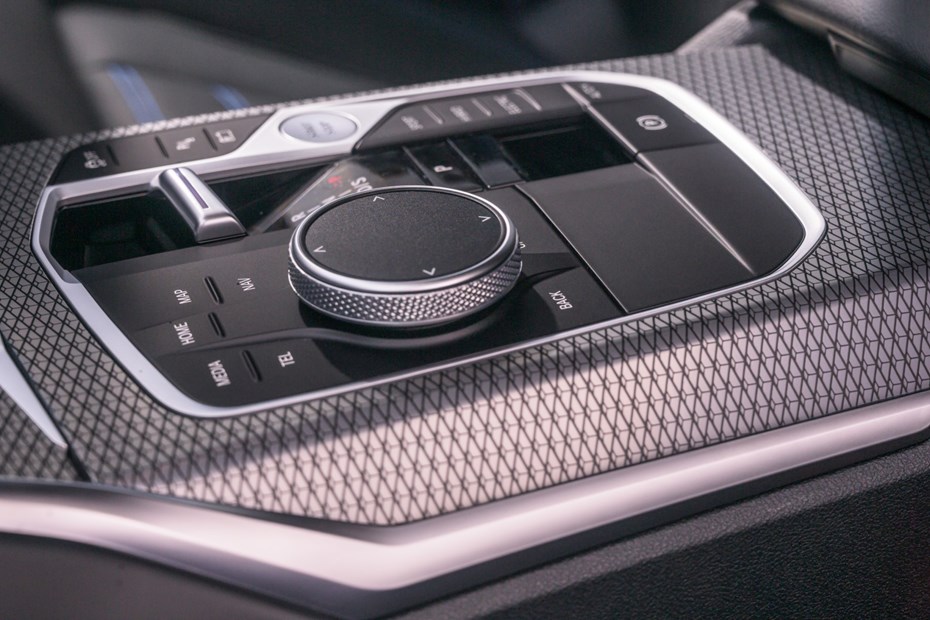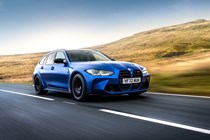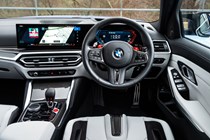The vast majority of new cars on sale in the UK – and many more sold in the last 15 years or so – have various ‘drive modes’ to choose from. With the press of a button or twist of a dial, you can completely change how the car feels to drive. At least in theory.
Each drive mode instructs the computers to alter how various aspects of the car operate. They typically include normal, eco, comfort and sport – the terminology varies between manufacturers – in effect giving you several cars in one. And you can switch between them whenever you want as circumstances or needs change.
But not all drive modes are created equal. In some cars, the modes radically change how they feel. In other cars, there’s so little difference between modes that they’re effectively pointless. You’ll just have to try the modes in your car to find out what effect they have and if you like using any of them.
On this page, we’ll explain how drive modes work and when you might want to use them.

How do drive modes work?
When you select a drive mode, you’re changing the operating parameters of various computer-controlled aspects of the car. They can include the engine, gearbox, steering, brakes, suspension dampers, exhaust, even the air conditioning. All the changes combine to alter how the car feels to drive and/or how efficient it is.
Most cars default to ‘normal’ mode when you turn it on – some retain the last mode you used. You can change modes at any time while driving – usually with a button or rotary controller, though an increasing number of cars require you to dive into the vehicle settings menu.
Beyond ‘normal,’ you’ll usually find at least three pre-set modes called something like eco, comfort and sport. But there are cars that have many others, as well. Below, we describe how the most common modes affect how a car drives and what the benefits of using them are.
Normal mode
As the name suggests, your car defaults to normal mode every time you turn it on. It’s designed to provide the best blend of performance, efficiency, comfort and handling for everyday use. No one aspect of a car works to its absolute optimum in normal mode but isn’t far off. Many people rarely if ever switch out of normal mode because the car is more than good enough in it.

Eco mode
Eco – or economy – mode is intended to make a car as fuel efficient as it can be. Select it and you’ll immediately notice the accelerator pedal becomes a bit less responsive. That has the effect of slowing the rate of acceleration, thereby improving fuel economy. Unless you press the pedal down further.
In cars with an automatic gearbox, eco mode instructs the ‘box to change up sooner and change down later, keeping the engine revs as low as possible – which also improves fuel economy. With a manual ‘box, the gear change indicator will encourage you to shift at the most fuel-efficient moment.
Some peripheral changes occur, as well. The power of the air conditioning reduces, and the steering may become a little heavier. Aircon and power steering draw a lot of power from the engine, so using them less translates to efficiency gains. Using eco mode can result in dramatic mpg gains. One of our testers saw an improvement of 9mpg in his own diesel BMW, without having to deliberately drive for fuel economy.
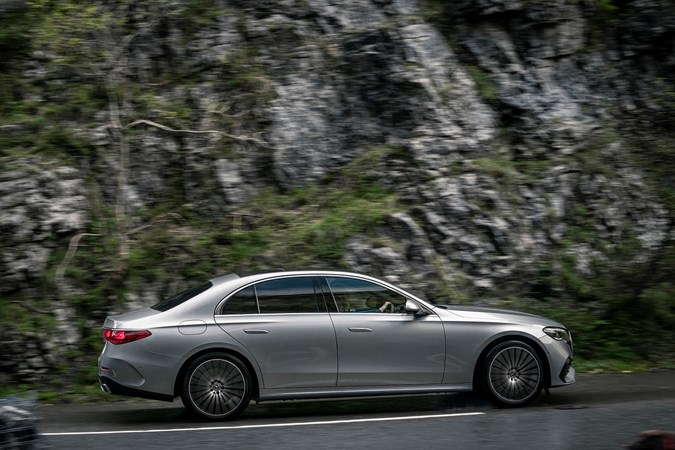
Comfort mode
You’re most likely to find comfort mode in cars with computer-controlled suspension, though there are less sophisticated cars that also have it. Press it and the suspension softens to give as smooth a ride as possible. The steering may also become lighter as the power assistance increases, so the car demands less effort to drive. And the engine may become a bit less responsive, promoting smoother acceleration.
It should all add up to a car that’s more comfortable to drive, especially over a long distance. You trade a bit of agility and body lean in corners, but that may be a compromise you’re willing to make.
Sport mode
It’s a bit reductive to say that sport mode makes a car feel sportier. There are cars that have no pretentions of sportiness yet have a sport mode. And there are cars that feel extremely sporty in normal mode yet still have a sport mode. It’s a bit more descriptive to say that sport mode sets the car up for fast driving.
A really effective sport mode makes the whole car feel tauter and more eager the instant you select it. The accelerator pedal becomes more responsive, an automatic gearbox holds gears a bit longer so the engine revs higher, the exhaust may become louder. There’s a bit more weight to the steering, which makes it feel a bit more engaging. The traction control’s grip may be loosened to improve agility. And the suspension tightens up to reduce body roll. Put it all together and the car is more involving to drive fast along a winding road.
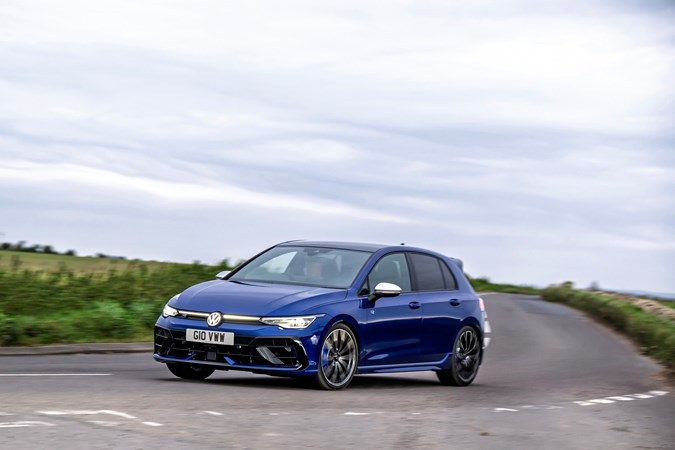
But it’s not just about driving fast. For some people, the ride quality of a given car might be a bit too soft in normal mode, potentially to the point of car sickness. Using sport mode may eliminate that problem. Or cause it. You have to try these things out to see what works for you.
Race mode
Some high-performance cars have a race or track mode – sometimes it’s branded with the car’s name, for instance ST mode in the Ford Focus ST and N mode in the Hyundai i20 N. In principle, race/track mode is the same as sport mode, only more so.
The engine’s response and power are amped up, the exhaust becomes virtually unsilenced, the steering can require a lot more effort to turn and the suspension becomes near-enough solid. But it’s all carefully calibrated to make sure the car is still driveable – on a race track, at least. There’s nothing to stop you using race mode on the road, but some cars become too difficult to drive. After all, a smooth, wide track is a completely different kettle of fish to a typical British country road. But a good race/track mode can be a bundle of fun in the right conditions.
Snow mode
Some cars – particularly SUVs – have a snow/winter/slippery road mode that’s designed to keep you moving and pointing in the right direction when you’re faced with those kinds of conditions. The throttle response is reduced and various driver assistance systems such as the traction control and anti-lock brakes are put on high alert or told to butt out – some of them can be more of a hindrance than a help on slippery roads.

Other modes you may come across
Beyond the driving modes described above, there are loads of others we regularly see in cars. For instance, there are quite a lot of luxury cars with adaptive suspension that have several levels of comfort mode, and fast cars that have numerous variations on sport mode. Many SUVs have a set of off-road modes to suit different conditions, as exemplified by Land Rover’s Terrain Response system.
Then there are cars that allow you to customise the settings of various aspects of the car through, for instance, multiple levels of suspension stiffness and throttle response. Such cars generally also offer an individual mode into which you can program your preferred combination of settings.
Looking for more jargon-busting motoring meanings? Head over to our Parkers Car Glossary page and take a look at our other definitions
Just so you know, we may receive a commission or other compensation from the links on this website - read why you should trust us.


